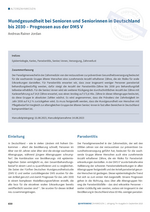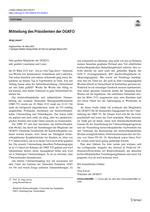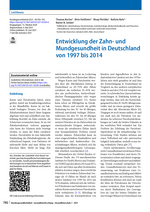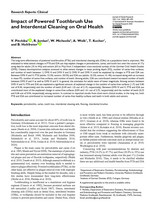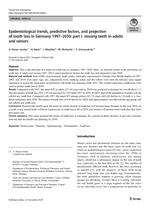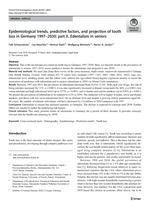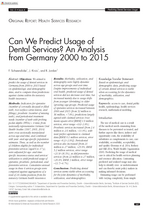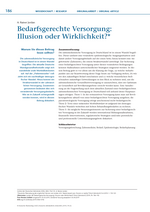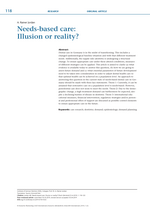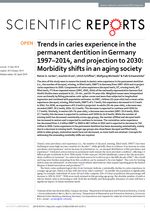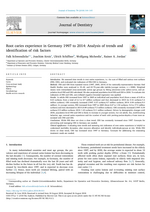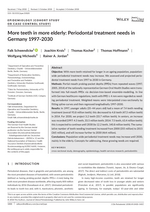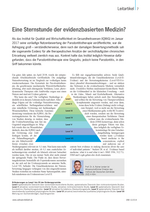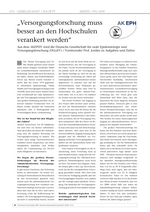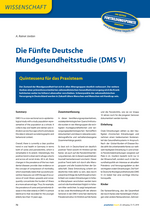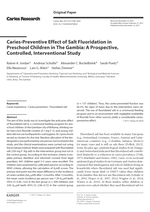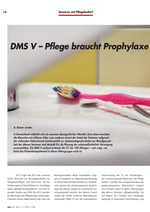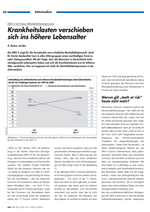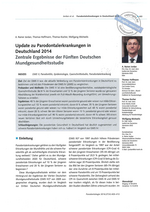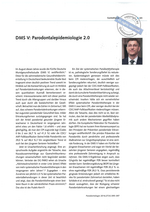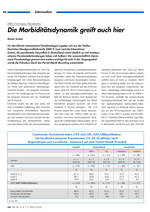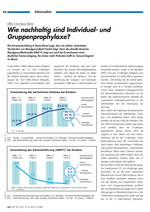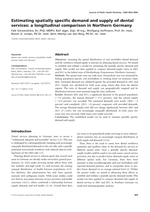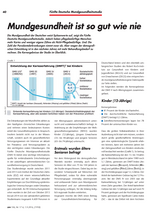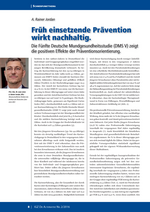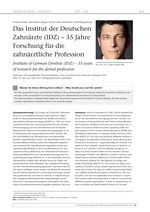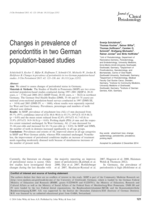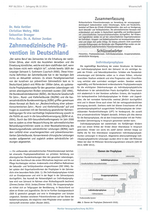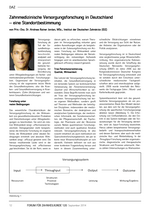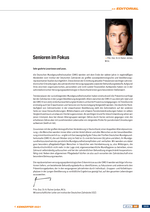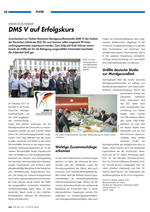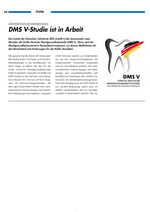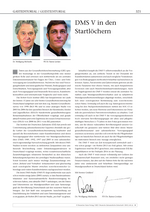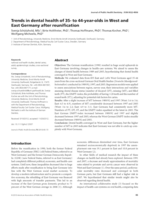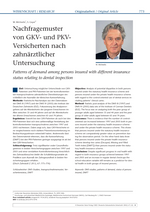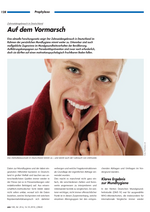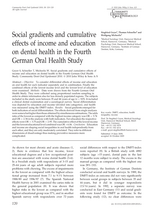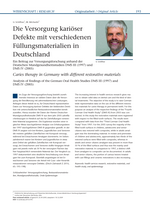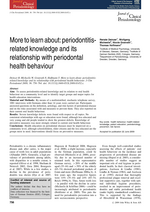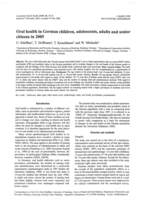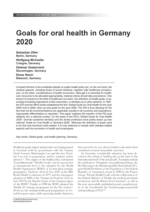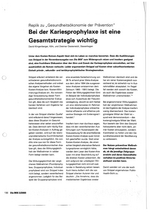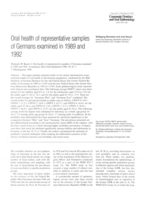
Gesundheitsversorgungsforschung und -epidemiologie
Autoren
Jäger, Ralf
van den Berg, Neeltje
Jordan, A. Rainer
Hoffmann, Wolfgang
Schwendicke, Falk
Schlagwörter
Access
Dental services research
Epidemiology
Public health policy
Publikation — Zeitschriftenbeiträge
Titel
Estimating future dental services' demand and supply
Untertitel
A model for Northern Germany
Titel kurz
Community Dent Oral Epidemiol
Titel Ausgeschrieben
Community Dentistry and Oral Epidemiology
ISSN
1600-0528 (Electronic); 0301-5661 (Linking)
Jahr
2016
Ausgabe
44
Issue
2
Seitenzahl
169-179
Erscheinungsdatum
01.04.2016
Estimating future dental services' demand and supply
A model for Northern Germany
OBJECTIVES: To plan dental services, a spatial estimation of future demands and supply is required. We aimed at estimating demand and supply in 2030 in Northern Germany based on the expected local socio-demography and oral-health-related morbidity, and the predicted number of dentists and their working time.
METHODS: All analyses were performed on zip-code level. Register data were used to determine the number of retiring dentists and to construct regression models for estimating the number of dentists moving into each zip-code area until 2030. Demand was modelled using projected demography and morbidities. Demand-supply ratios were evaluated and spatial analyses applied. Sensitivity analyses were employed to assess robustness of our findings.
RESULTS: Compared with 2011, the population decreased (-7% to -11%) and aged (from mean 46 to 51 years) until 2030. Oral-health-related morbidity changed, leading to more periodontal and fewer prosthetic treatments needs, with the overall demand decreasing in all scenarios (-25% to -33%). In contrast, the overall number of dentists did only limitedly change, resulting in moderate decrease in the supplied service quantities (max. -22%). Thus, the demand-supply ratio increased in all but the worst case scenario, but was unequally distributed between spatial units, with several areas being over- and some being under- or none-serviced in 2030.
CONCLUSIONS: Within the limitations of the underlying data and the required assumptions, this study expects an increasingly polarized ratio of dental services demand and supply in Northern Germany. Our estimation allows to assess the impact of different influence factors on demand or supply and to specifically identify potential challenges for workforce planning and regulation in different spatial units.


